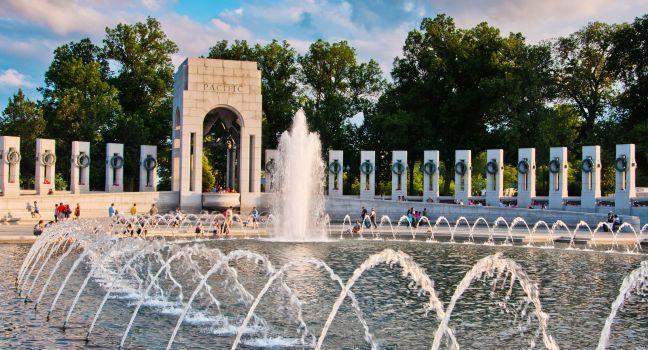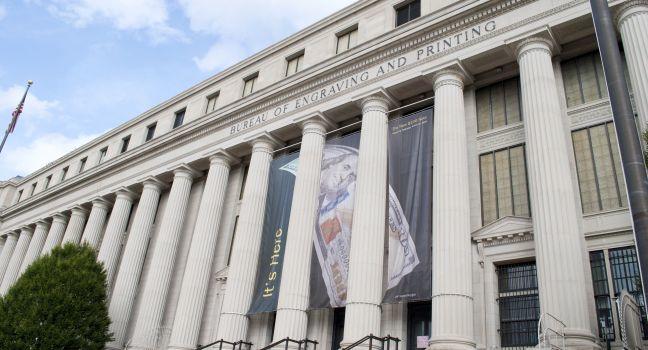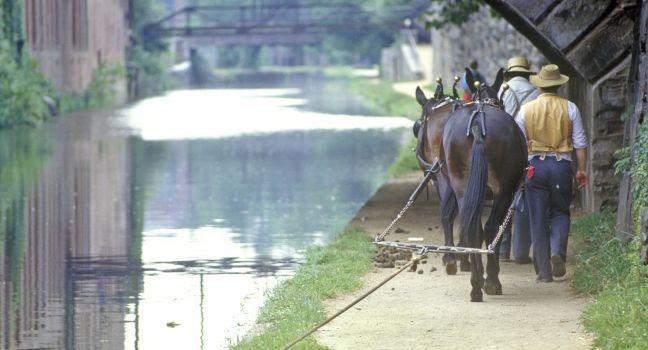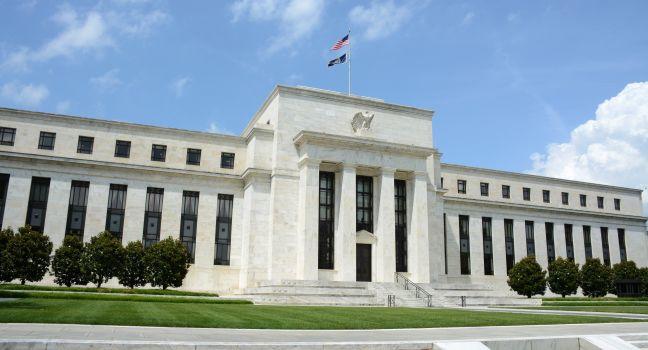Washington National Cathedral
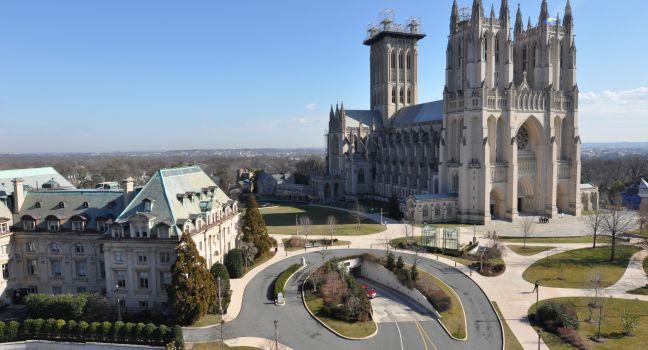
Construction of the world's sixth-largest cathedral began in 1907 with a rock from the village of Bethlehem and the structure has been the spiritual symbol of Washington ever since. It was finally completed in 1990. Like its 14th-century English Gothic counterparts, it has a nave, flying buttresses, transepts, and vaults, all built stone by stone. The stunning cathedral is Episcopalian, but it's the site of frequent interfaith services. State funerals for presidents Eisenhower, Reagan, Ford, and George H. W. Bush, as well as Senator John McCain, were held here, and the tomb of Woodrow Wilson—the only president buried in Washington, D.C.—is in the south nave. The Pilgrim Observation Gallery provides a wonderful view of the city, and the cathedral is blessed with the lovely Bishop's Garden, designed by Frederick Law Olmsted Jr., with fruit trees, towering oaks and yews, and roses interspersed with stonework from European ruins. A variety of tours is offered, including the popular "Gargoyle" tours. The cathedral is acclaimed for its year-round concerts, national holiday commemorations, and other musical performances.
